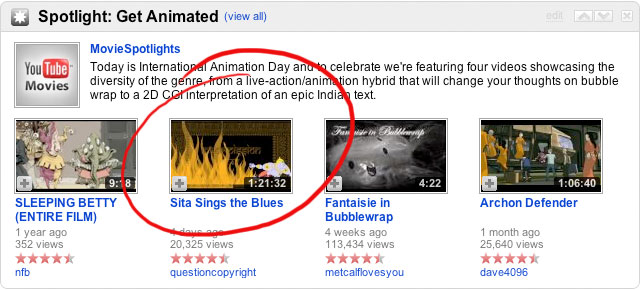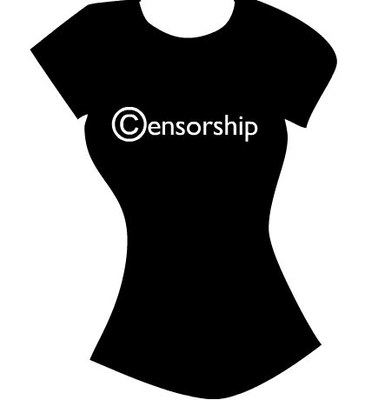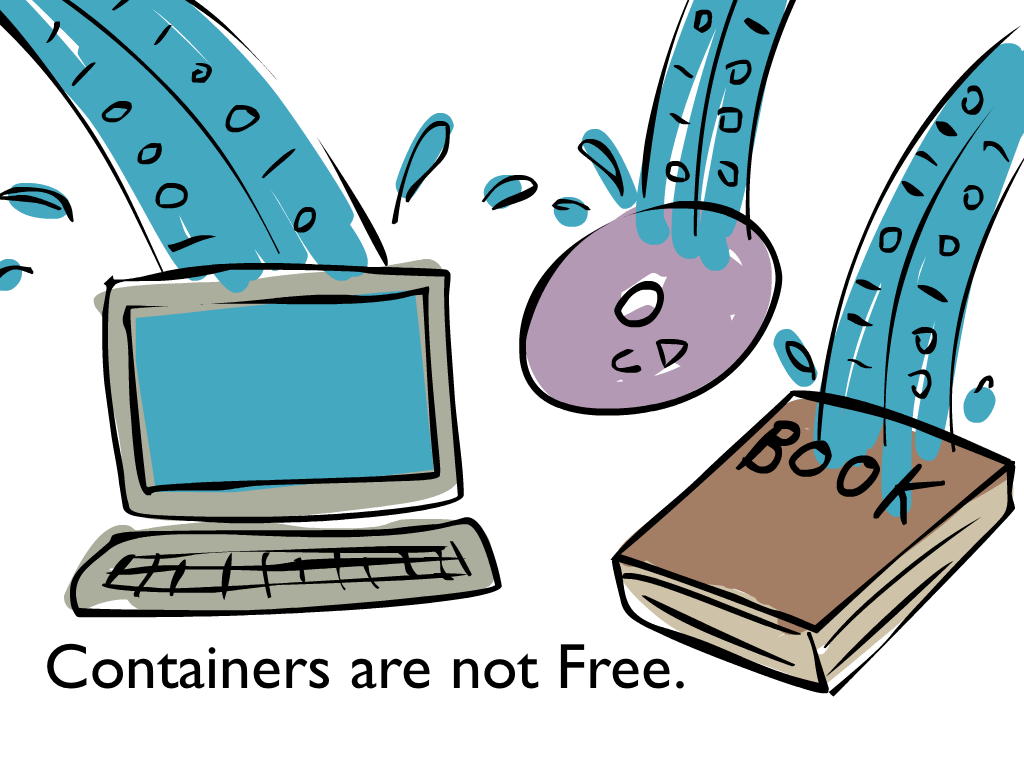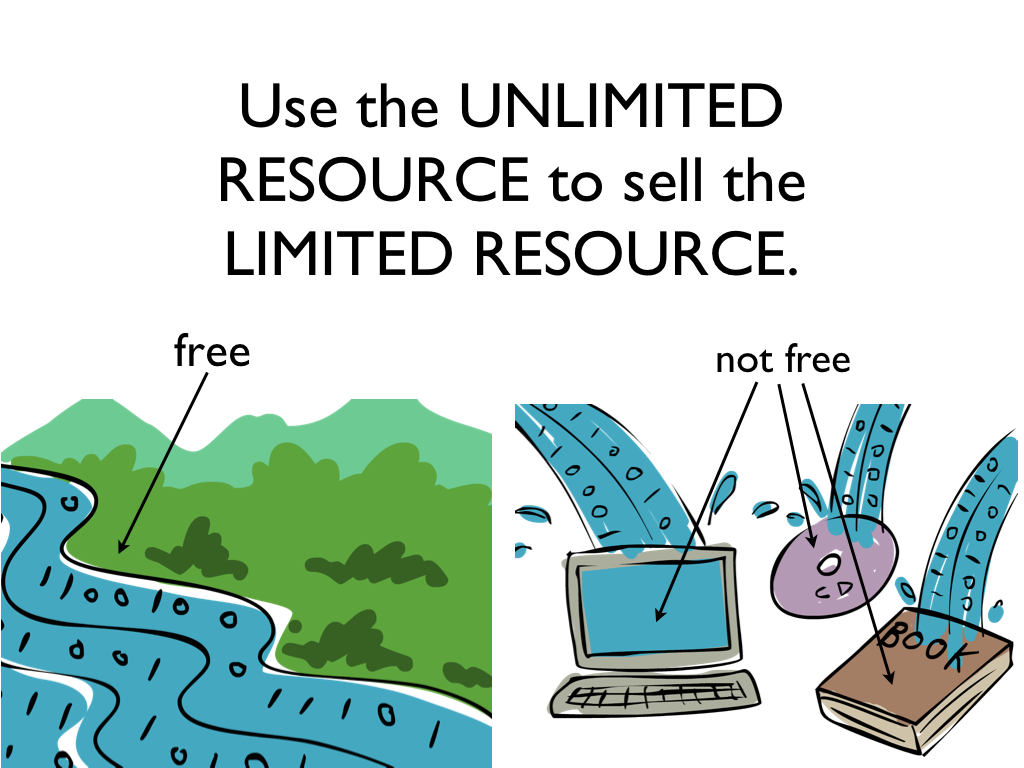Cultural value is related to monetary value, but they are not synonymous. Just as air has more value when it circulates freely, culture is more valuable when it is shared.
Consider the value of language (which is culture). The more people use any particular language, the more valuable it becomes. A scarce language is far less valuable than a common one like English. The more people speak English, the more desirable English becomes; the more songs, books, films, and other communications are produced in English. The value of a language comes from those who use it.
But suppose we commodify language. I’ll start. Let’s say I’m granted a monopoly on the letter “F”. I could have patented a big letter like “E” (12.702% frequency) or “T” (9.056%), but my aspirations are modest. At 2.228%, “F” is below average frequency, so it shouldn’t be any major hardship if I start collecting a royalty of, say, 20 cents per use. Even a pauper can afford $.20 to splurge on an “F” from time to time. And they will! Because you can’t spell “FUN” without “F.” Not to mention “FREEDOM”.
(Since my permission is required for any use of “F,” I won’t permit its degradation in uses I don’t approve of. That word that ends in “uck,” for example. That won’t be allowed under any circumstances, to protect the integrity, quality and reputation of my letter.)
Assigning monetary value to an intangible is the first step towards having its real value recognized. All those other, un-patented letters suddenly seem worthless in comparison. How valuable can “A” (8.167%) be, after all, when you can get it for free? “F” is clearly worth more, or I wouldn’t have invested in privatizing it.
Yet in spite of its clear monetary value, my letter seems to be showing up less and less phrequently. Gradually people adopt cheap phakes instead oph the real thing. They phind a way to spell “PHREEDOM” without paying me.
Soon, the letter “eph” is so scarce, no one recognizes it. Like Avestan, Elbasan, Old Uyghur, and the Dodo, “eph” goes extinct.
And that is the dipherence between cultural value and monetary value.







